Posts Tagged: parasites
Jared Ali: 'Bad Bugs, Pungent Parasites and Toxic Travelers'
Fantastic title: "Bad Bugs, Pungent Parasites and Toxic Travelers!" Don't you just love that alliteration? Jared Ali, an assistant professor...
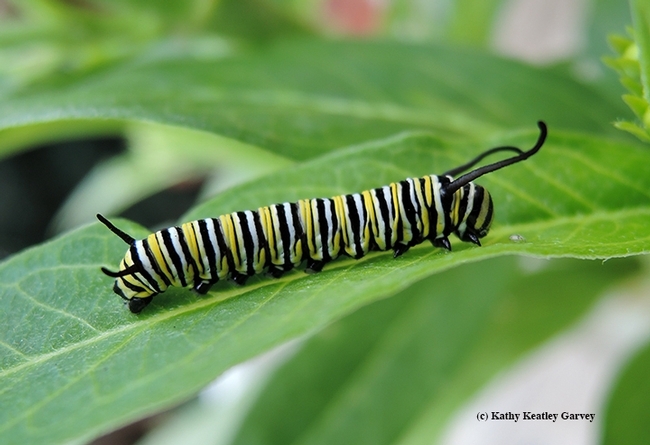
The monarch caterpillar will be among the topics that seminar speaker Jared Ali will discuss at the UC Davis Department of Entomology and Nematology in-person and virtual seminar at 4:10 p.m., Wednesday, April 20. (Photo by Kathy Keatley Garvey)
Those Incredible Digger Bees and Their Nest Parasites
If you want to learn about digger bees and the exciting research that UC Davis evolutionary ecologist Leslie Saul-Gershenz is pursuing, check out the...
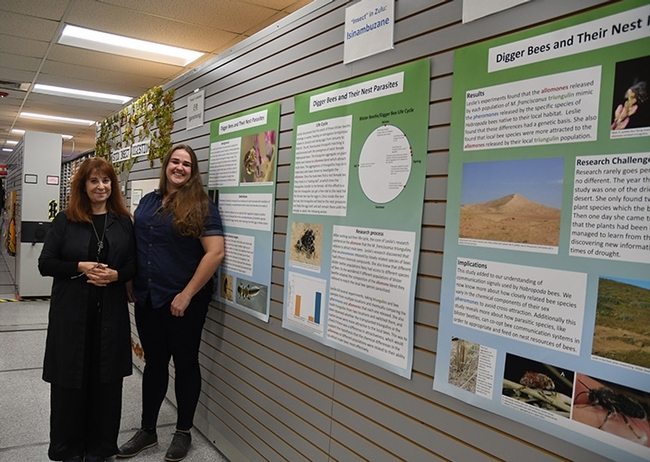
Leslie Saul-Gershenz (left) and curator Emma Cluff stand by their display at the Bohart Museum of Entomology. (Photo by Kathy Keatley Garvey)
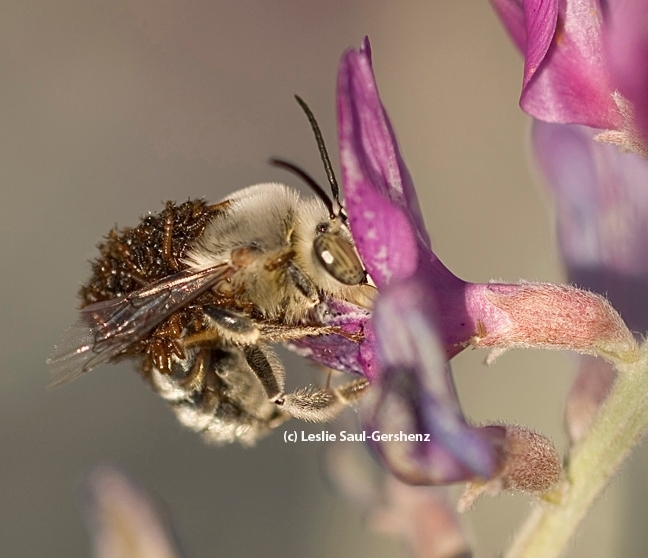
A digger bee, Habropoda pallida, with blister bee larvae. (Photo by Leslie Saul-Gershenz)
The Amazing Bee-Parasite Research of Leslie Saul-Gershenz
Evolutionary ecologist Leslie Saul-Gershenz goes places where many have been but few have ever really seen. Bees and blister beetles, yes. We...
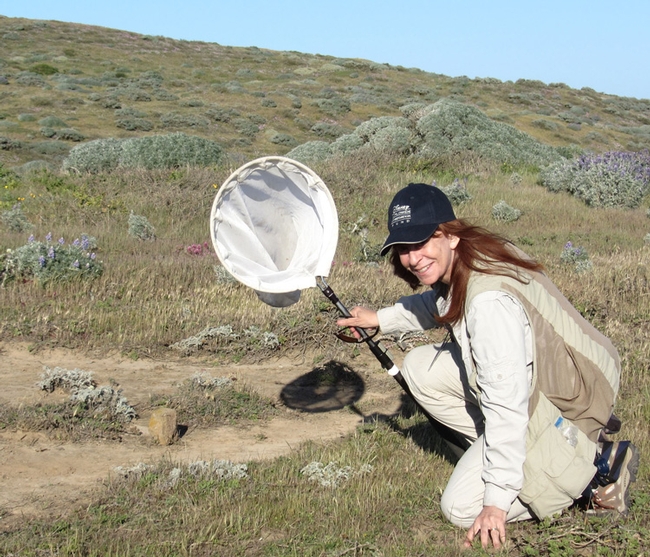
Leslie Saul-Gershenz in the Channel Island National Park conducting a native bee survey.
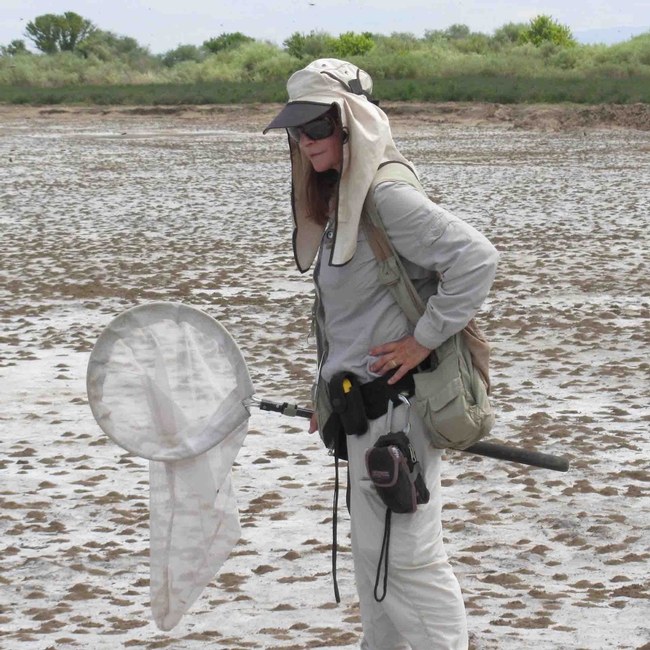
Leslie Saul-Gershenz doing field work on bee nesting beds of the solitary bee, Nomia melanderi, in Walla Walla, Wash. (2010-2015).
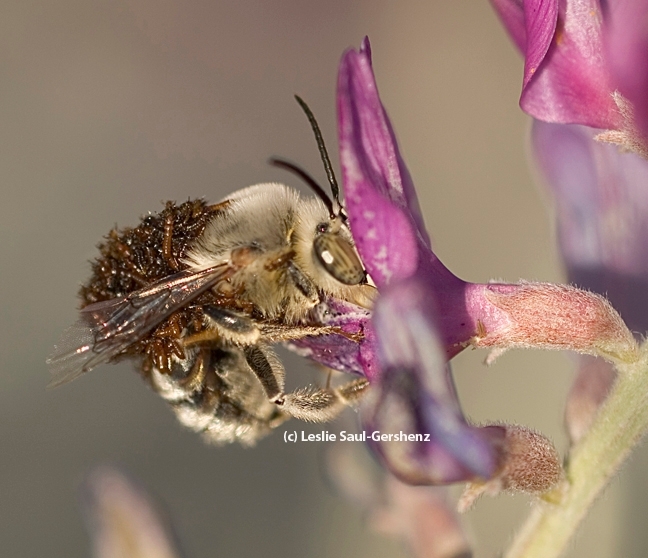
A digger bee, Habropoda pallida, with blister beetle larvae. (Photo by Leslie Saul-Gershenz)
The Untold Story About Parasites, Flowers and Bees
Who knew? UC Riverside entomologist Peter Graystock and colleagues Dave Goulson and William O. H. Hughes of the University of Sussex, United...

A honey bee foraging on a pansy. (Photo by Kathy Keatley Garvey)
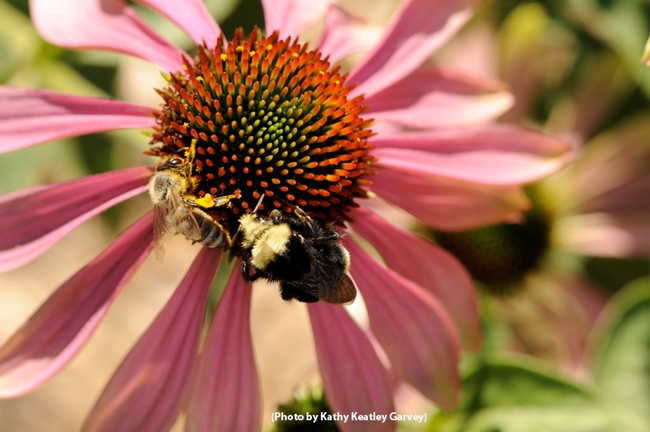
A yellow-faced bumble bee, Bombus vosnesenskii, and a honey bee, Apis mellifera, share a purple coneflower. (Photo by Kathy Keatley Garvey)
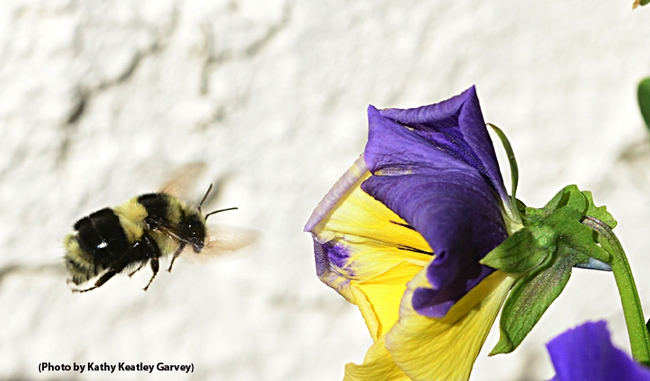
A black-tailed bumble bee, Bombus melanopygus, heads toward a pansy blossom. (Photo by Kathy Keatley Garvey)
Our Bees Deserve The Best
This is National Pollinator Week and what better time to post some bee wisdom from Cooperative Extension apiculturist (now emeritus) Eric...
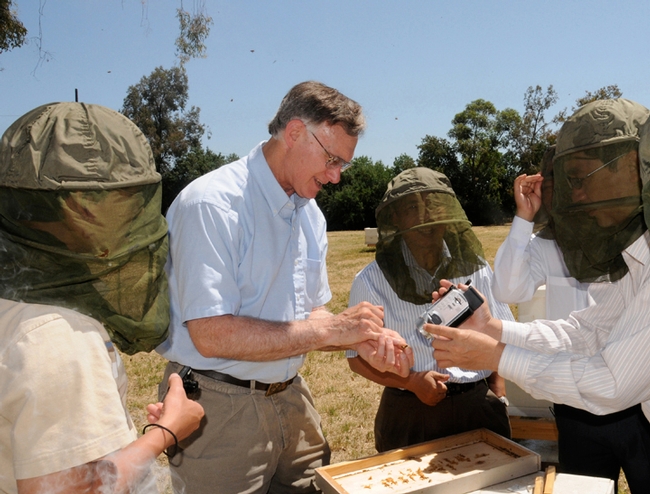
Extension apiculturist Eric Mussen (now emeritus, shows visitors the inside of a hive at the Harry H. Laidlaw Jr. Honey Bee Research Facility, UC Davis. (Photo by Kathy Keatley Garvey)

Extension apiculturist (now retired) Eric Mussen explains bees. (Photo by Kathy Keatley Garvey)

Inside the hive: the queen bee goes about laying eggs as worker bees tend to her needs and the needs of the colony. (Photo by Kathy Keatley Garvey)

